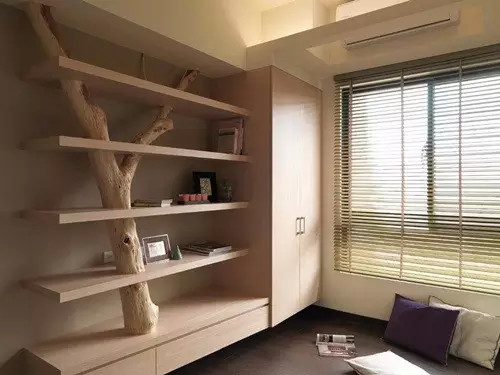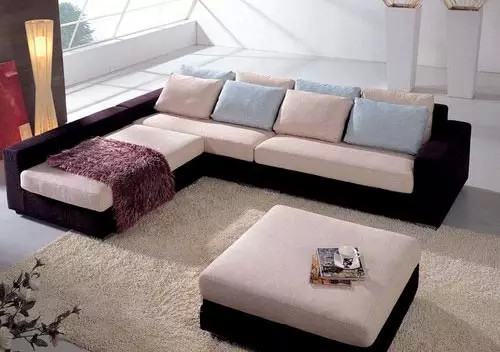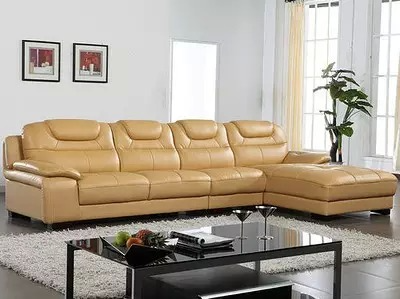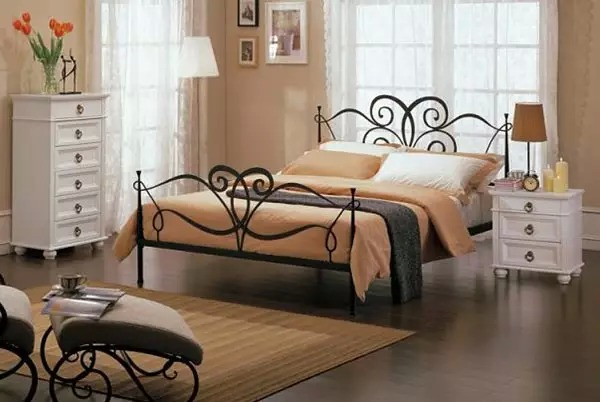Furniture daily maintenance manual, a musthave for collection!
A piece of furniture isn't just for display after purchase. It will fade over time, and if it's not properly maintained, it will break. Mastering furniture maintenance knowledge is key to keeping your furniture looking its best.

Wooden furniture maintenance——
1. Regularly remove dust with soft cotton cloth
Use a soft cotton cloth to wipe the dust off the surface of the furniture frequently along the direction of the wood grain. Before dusting, dip a soft cloth in some detergent and do not wipe it with a dry cloth, as the dry cloth will scratch the surface of the furniture.
After a period of time, use wet cotton wool that has been wrung out the water to carefully wipe off the dust in the corners of the wooden furniture, then wipe the entire wooden furniture, and then wipe it dry with a clean, dry, soft cotton cloth.
2. Polishing and waxing cannot stop
Polishing and waxing wood furniture is a constant process. Apply a small amount of polish to a rag and give the furniture a quick polish, but you'll need to dust the furniture regularly afterwards. Oil attracts dust, and the combination of dust and oil makes the furniture difficult to clean and prone to scratching.
Liquid waxes are somewhat better than polishes in that they create a protective layer on the wood surface that makes dirt slide off rather than stick, but they don't last as long as sanded waxes, which only need to be applied in a thin layer to keep furniture shiny for a long time.
3. Treatment of scratches and water marks
For scratches on veneer furniture and solid wood furniture, you only need a crayon to fix them. Buy a crayon in a color similar to the color of the furniture, apply a few strokes to the scratch, make sure the wax has covered the scratch, and then apply another wax to the scratched area.
Accidental water droplets that aren't wiped away can cause water marks on wooden furniture, which usually take time to disappear. If they're still visible after a month, wipe the mark with a clean, soft cloth lightly coated with salad oil or mayonnaise, along the direction of the wood grain. Alternatively, place a damp cloth over the mark and carefully press the cloth several times with an iron to fade it.

Fabric furniture maintenance——
1. Dry cleaning can better preserve the lifespan
If the fabric cover is stained, wipe it with a clean cloth dampened with water. To avoid leaving marks, it is best to wipe from the outside of the stain. Velvet fabric furniture should not be exposed to water. Dry cleaning should be used with a dry cleaning agent. All fabric covers and linings should be dry cleaned. Do not wash with water. Bleach is prohibited.
Avoid sitting on furniture with sweat, water, and dirt on it, as this will not only stain the furniture but also require cleaning, which can shorten its lifespan. Vacuum at least once a week, paying special attention to removing dust that accumulates between fabric structures.
2. Turn it over frequently to prevent wear
Fabric cushions or mattresses should be turned over frequently, turning them over once a week to evenly distribute wear. Furniture should maintain a 0.5 to 1 cm gap with the wall to prevent wear and tear from contact with the wall.
Try to avoid having many people sitting on the edge of the mattress frequently and do not step on the mattress to keep it flat and extend its service life; turn the mattress over regularly, either upside down or head to tail, so that the force on the mattress is evenly distributed. It should generally be replaced every three months; a cotton felt or quilt should be placed at the contact point between the spring mattress and the bed frame to reduce friction.
3. Avoid direct sunlight
Fabric furniture should be kept away from prolonged exposure to outdoor sunlight, either in whole or in part. Excessive heat can cause the fabric to dry out and harden, making it prone to cracking.
Therefore, it is best to place fabric furniture away from direct sunlight, or use translucent gauze curtains to block direct sunlight. This way, you can decorate the interior environment without affecting the lighting.

Maintenance of leather furniture——
1. Wipe with clean water and keep away from alcohol
For newly purchased leather furniture, wet a towel with clean water, wring it out and wipe off the dust and dirt on the surface of the leather furniture. Then gently wipe the surface of the sofa with a care agent one or two times (do not use care products containing wax). This will form a protective film on the surface of the leather, making it difficult for dirt to penetrate into the pores of the leather in the future, making it easier to clean it later.
In daily cleaning, wipe with a soft damp cloth and then dry with a dry cloth. It is best to use clean water or a special detergent, and avoid using detergents containing alcohol.
2. Leather cleaner keeps the leather bright
Leather furniture should be kept away from oil stains, ballpoint pens, ink, etc. If accidentally stained, it should be cleaned immediately with leather cleaner. If there is no leather cleaner, you can use a clean white towel with a little alcohol to gently wipe the stain, then wipe it dry with a dry wet towel, and finally use protective agent for care.
After leather furniture has been used for a long time, the color of the leather will become a little dull. You can restore the original silver color of the leather by wiping it with a rag dipped in fresh milk.
3. Pay attention to changes in temperature and humidity
When spring and autumn arrive, the temperature and humidity will change. Under more humid or drier conditions, the leather will be affected. You can use leather protector to put on protective clothing for the leather sofa to maintain its bright color.
Leather sofas should be placed in a ventilated area. The location should not be too humid or too dry. It is worth noting that they should not be placed in an area exposed to direct sunlight or facing an air-conditioning vent, so as to avoid the leather sofa surface becoming hard or fading due to overheating or overcooling.

Maintenance of wrought iron furniture——
1. The ground is stable to avoid bumps
The ground where wrought iron furniture is placed should be flat and stable so that the furniture can stand firmly on the ground. If the ground is uneven, the wrought iron furniture will deform slightly over time, which will affect the service life of the furniture. Furniture should not be moved frequently after it is placed.
Wrought iron furniture should be protected during transportation and handled with care. It should be kept away from external impacts and placed where it is not often touched by hard objects to prevent scratches on the paint or peeling of the chrome plating. It is also important to avoid knocking the furniture with hard objects, as this can cause the paint to peel off at best and collapse and leave scars at worst, affecting the overall appearance.
2. Avoid oil, gas, wet and dry
Chrome-plated iron furniture is most afraid of gas and oil smoke. Therefore, iron furniture should not be placed near gas stoves and coal stoves to prevent gas and oil smoke from corroding the chrome plating.
Keep wrought iron furniture in a dry, well-ventilated area. Avoid using a damp cloth to wipe the surface directly during cleaning, and avoid placing a humidifier near it to prevent rust. Also, avoid direct sunlight to prevent oxidation and deterioration of the metal, fading of the paint, and cracking and peeling.
3. Regular dust removal and oiling
Wrought iron furniture requires regular cleaning and dust removal. Long periods of unused furniture can easily rust if left unused and dusted. For dust removal, it's best to use a cotton cloth dampened with a mild detergent and gently wipe. For dust in recessed areas, use a soft wool brush to brush along the crevices.
Avoid spills of corrosive acids and alkalis. If metal is accidentally stained, clean the area immediately and wipe it with a dry cotton cloth. To prevent rust, regularly wipe the surface with a cotton cloth dipped in a small amount of rust-proof oil or sewing machine oil. If furniture has already begun to rust, apply machine oil to the rusted areas with cotton yarn to remove the rust. Avoid sandpaper or other rough materials directly on the surface, as this will wear away the protective paint layer on the metal furniture.
The article is from the Internet. If there is any infringement, please contact us to delete it.